Outdoor Geology Lab Tour: Granodiorite
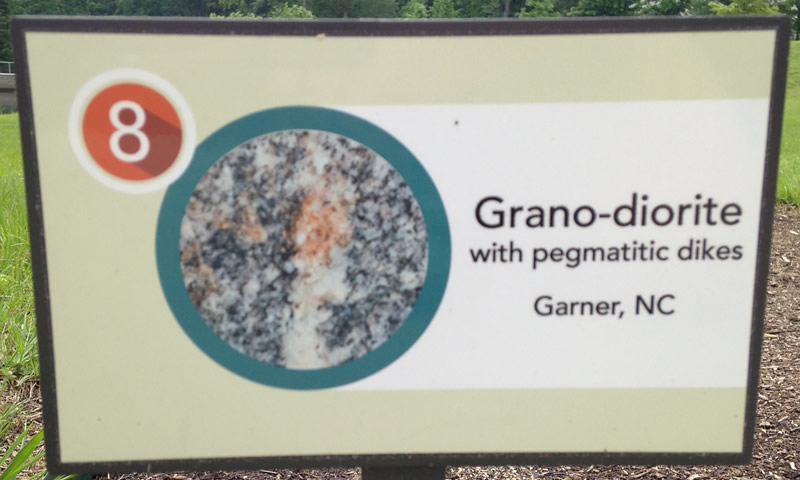
Rock type
Igneous
Description
A boulder that has two different rock types in it: granodiorite and pegmatite. The granodiorite is a coarse-grained rock with gray, pink, black and white speckles and makes up the majority of the boulder. Cutting through the granodiorite are thick lines of pegmatite, which have extremely coarse grains in white and pink.
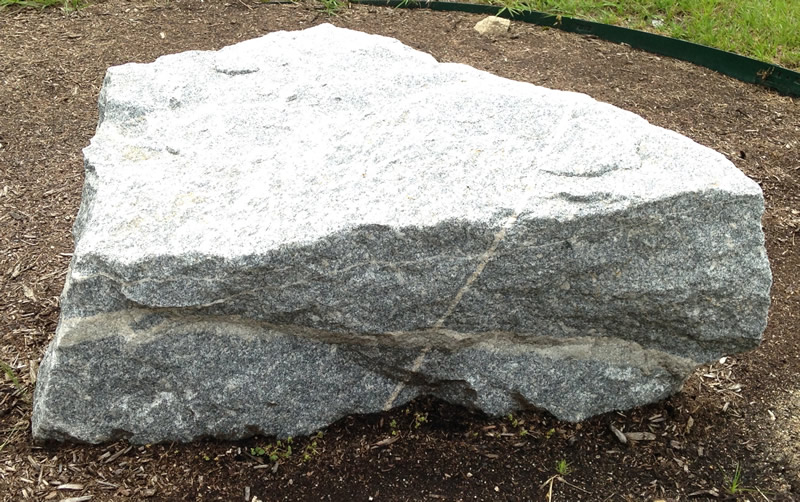
Figure 1: The granodiorite boulder at Scott Northern Wake Campus, with two prominent pegmatite dikes visible on the front surface
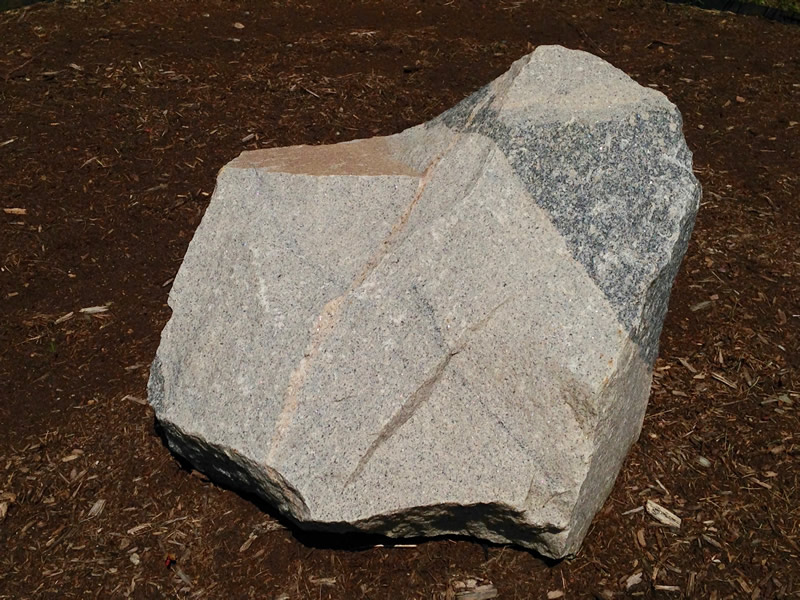
Figure 2: The granodiorite boulder at Southern Wake Campus
Unique features
In the granodiorite, the visible grains of quartz, feldspar and other minerals, and in the pegmatite, the large feldspar grains
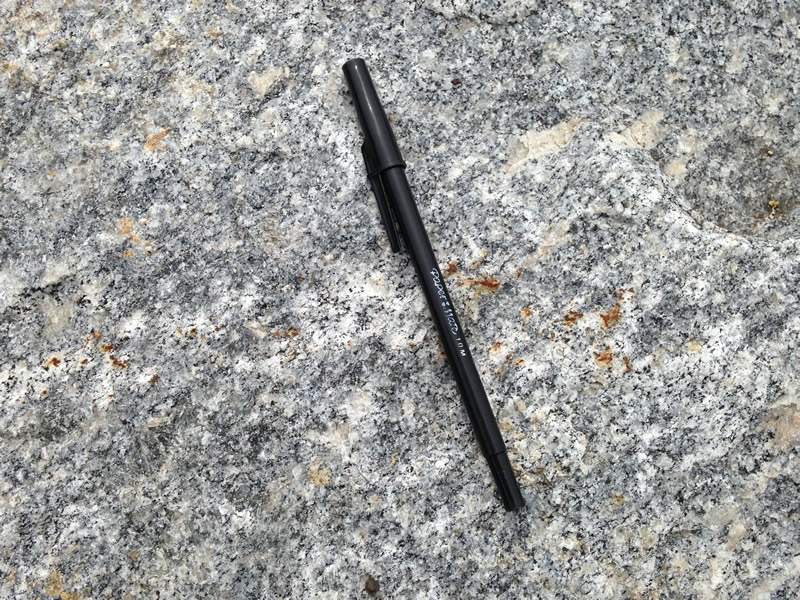
Figure 3: The surface of the granodiorite with a black ballpoint pen for scale. Notice the visible crystals and their various colors.
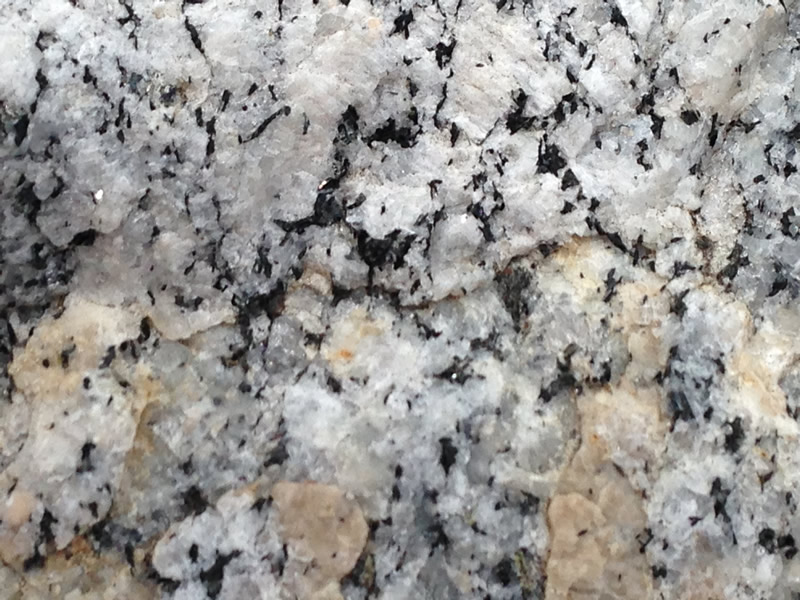
Figure 4: A close-up image of the granodiorite showing the minerals. In this image, you can see the feldspar, quartz, hornblende and amphibole minerals.
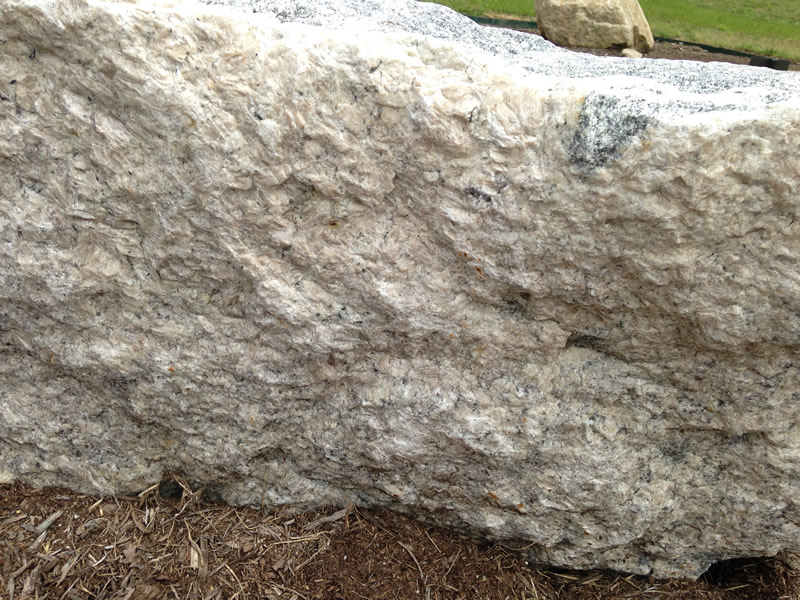
Figure 5: The surface of the pegmatite. Almost all the minerals are light-colored, so you have to look harder to distinguish minerals from each other. However, the minerals are very large.
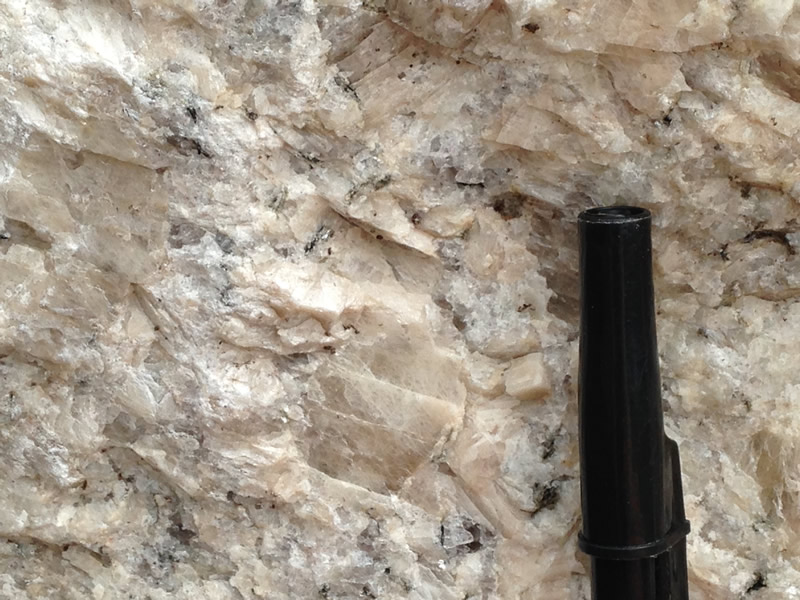
Figure 6: A close-up of the pegmatite showing the large sizes of some of these minerals. (Black ballpoint pen cap for scale)
How did it form?
Both granodiorite and pegmatite are igneous rocks that form when molten magma cools slowly deep within the Earth's crust. These rocks have slightly different chemical compositions, and one rock is cutting through the other, which suggests that there were several steps involved in forming this rock.
How would a geologist figure out how it formed using rock characteristics?
Examining the granodiorite, we notice that it has visible grains and the light colors of the minerals. The large, visible grains would suggest that the rock cooled slowly deep within the crust. Laboratory experiments have shown that the length of cooling of magma determines the size of the resulting mineral grains; the longer the cooling, the larger the minerals are able to grow. The light color of the minerals suggests that the source for the magma that cooled to form this rock was likely derived from melting of continental crust.
Examining the pegmatite, we notice the extremely large minerals, most of which are over 3 centimeters long. Minerals this large are unusual and can form only when there is a long amount of time to allow the minerals to grow and the presence of super-heated water to help organize the elements in the melt into minerals.
The pegmatite is composed mostly of quartz and feldspar, which is a different chemical composition than the granodiorite. This suggests that the pegmatite had a different magma source than the granodiorite. In this case, it may have come from melting of pre-existing continental crust.
Finally, geologists would notice that the pegmatite cuts through the granodiorite. That indicates that the granodiorite formed first and was likely fully cooled into a rock before the pegmatite intruded. The pegmatite then flowed along existing fractures and widened them to create dikes through the granodiorite.
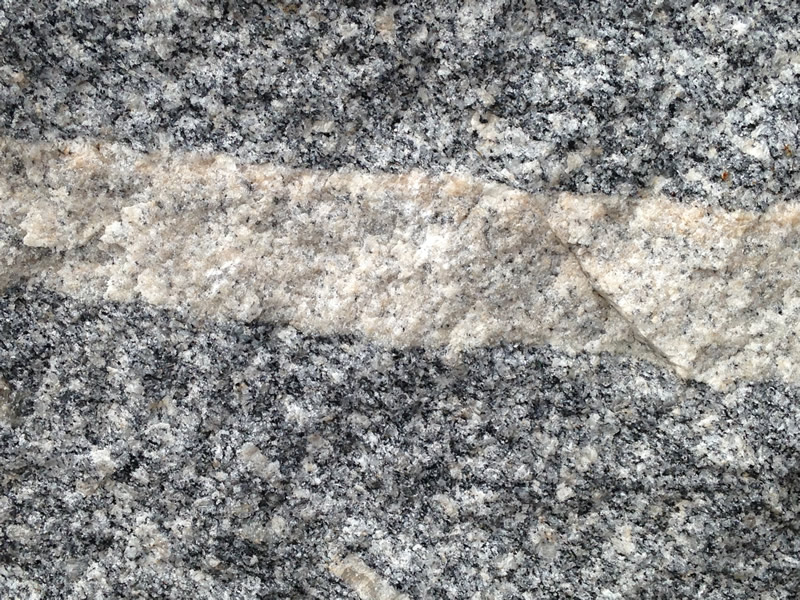
Figure 7 An image of the granodiorite with the lighter-colored pegmatite cutting through it. The fact that the pegmatite cuts through the granodiorite suggests that the granodiorite formed first, and the pegmatite formed later after the granodiorite was already a rock.
Other interesting information
This rock was quarried from a Garner quarry that contains an incredible amount of this material. It is thought that the quarry pit has dug just into the top of what is called a "batholith," a gigantic underground form of course-grained igneous rock. This particular batholith likely formed when two continents collided, causing friction along their edges. This friction would have generated incredible amounts of heat, causing some of the rocks in the continental crust to melt and then cool back down to form the granodiorite. The pegmatite would have intruded later, due to some other plate tectonic event.
2023 Footer Column 1
2023 Footer Column 2
- Wake Tech Mobile App
- Help & Support
2023 Footer Column 3
- Connect
919-866-5000
Contact Us | Terms of Use | Privacy Policy | Campus Policies | Site Map







